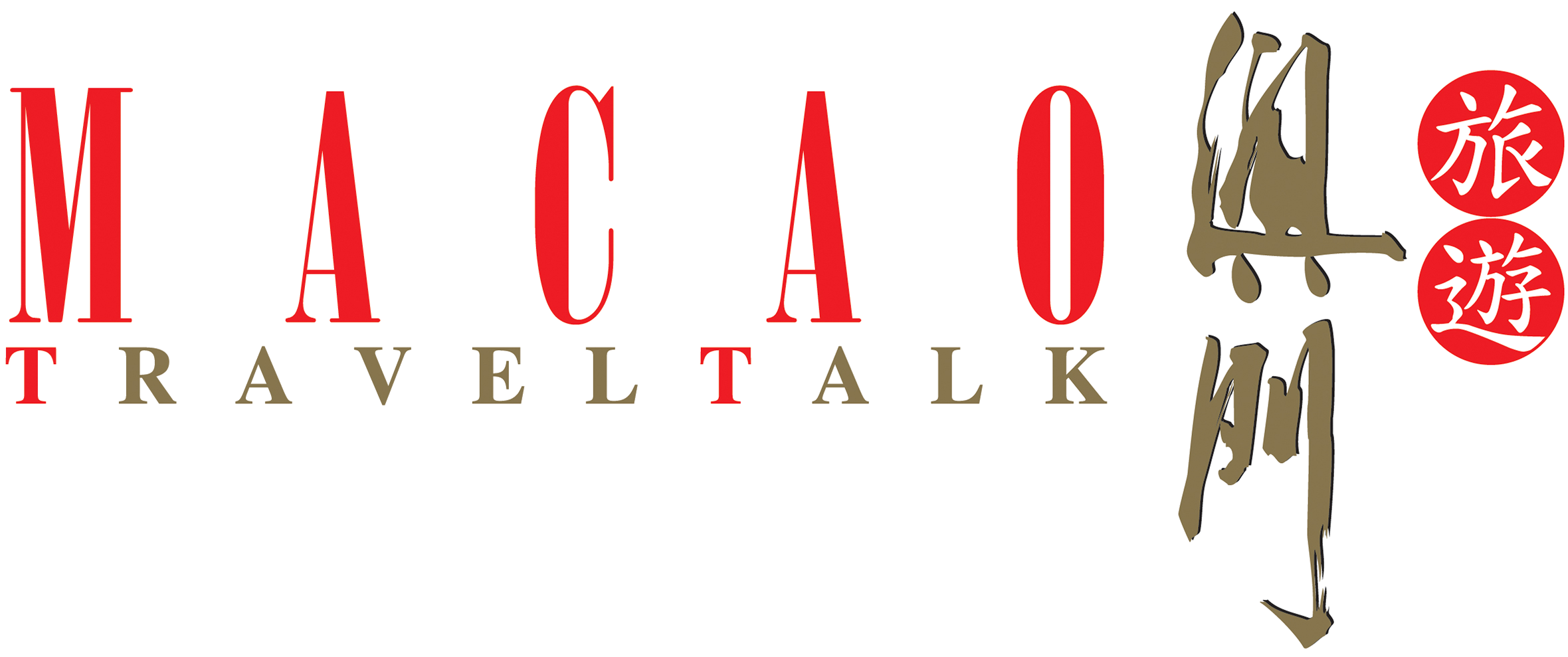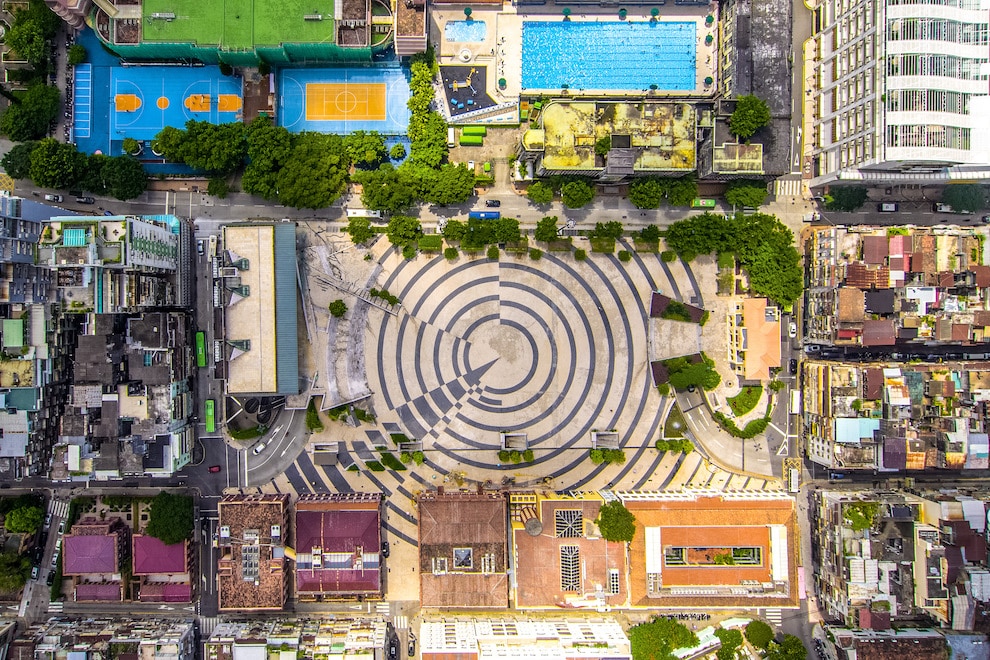New opportunities for tourism can be created for Macao via the optimisation of urban development and its coordination with the city’s cultural heritage, natural environment and usage of maritime areas, suggests the draft Urban Master Plan for 2020 to 2040, proposed by the Macao SAR Government Land, Public Works and Transport Bureau.
The government has launched a public consultation for the document, which lasted until 2 November, 2020.
The plan envisages the division of the city into 18 zones, five of them to feature tourism and leisure facilities. The parts of Macao to be used for such facilities include the NAPE and ZAPE districts, the area around Nam Van Lake and Sai Van Lake, the Cotai district, the area on Taipa where the Macao Jockey Club racetrack sits, and the Grand Coloane Resort and golf course area in Coloane. They correspond in total to 13 percent of Macao’s land area.
The draft of the Urban Master Plan sets out 13 strategic goals that include optimising Macao’s tourist carrying capacity and supporting the diversification of the tourism industry. From a broader viewpoint, the plan aims to steer Macao further along the road to becoming a world centre of tourism and leisure.
Among its proposals, the draft calls for the creation of a “Coastal Historical Tourism Belt”, in order to link – and create synergies between – different tourism products available along the southern seashore of the Macao Peninsula. The belt would connect various tourism offers, including maritime tourism products, historical and cultural attractions, and regional tourism items.
The draft of the Urban Master Plan also suggests a long-term scheme to add fresh business features to the Inner Harbour area and to integrate them with existing elements, in order to develop a new commercial street on the waterfront and a new marine leisure area.
The rich natural resources of Coloane are designated in the draft Urban Master Plan as contributors to making tourism in the city greener. Areas would be earmarked for ecological conservation purposes, and improvements would be made in order to contribute to increased opportunities for eco-tourism. The plan also proposes a string of new green and open-air public spaces to be added across Macao.
There are new prospects for the city’s meetings and exhibitions business within the draft plan. The document suggests the development of the southern part of the Macao side of the artificial island at the landing of the Hong Kong-Zhuhai-Macao Bridge where the Macao and Zhuhai border posts sit. Development here would add facilities with distinctive architectural styles, as well as hotels, that could serve as attractive venues for meetings and exhibitions.
With the relocation of the Macao border post to the Hengqin Island end of the Lotus Flower Bridge, the draft plan suggests using some of the old site to build a commercial complex using the model of Transit-Oriented Development (TOD). That is in order to complement nearby tourism and leisure facilities, and to increase cooperation between Macao and Zhuhai across their common boundary.
The draft plan suggests the construction of a set of landmark cultural facilities in the south of “Area A” – newly-reclaimed and undeveloped land to the east of the Macao Peninsula – with additional cultural venues developed elsewhere, namely on land near the Macao Cultural Centre and at the disused Lai Chi Vun Naval Shipyards on Coloane. This would be in order to create more cultural tourism and leisure elements.
To increase the city’s tourist carrying capacity, the draft plan gives priority to improving transport. The document calls for the reservation of land for the expansion of public transport networks, pathways and better cross-border links, particularly to the railway network in Mainland China.
The draft plan also looks further afield to the broader Guangdong-Hong Kong-Macao Greater Bay Area. The plan envisages reinforcing the trend of sharing tourism resources in order to: create cross-boundary package tours, explore the development of cross-boundary yacht tours between Macao and neighbouring cities, and cooperate in developing transboundary tourism products.
The maritime economy has been in the public spotlight since the Macao SAR was granted jurisdiction over its coastal waters in 2015, and the draft plan suggests the continuing improvement of the city’s coastline and the usage of its maritime areas for fresh development.
The Historic Centre of Macao has been on the UNESCO World Heritage List since 2005. The draft Urban Master Plan calls for continued protection of its sites, as well as of other heritage areas, including their respective buffer zones and visual corridors, in order to safeguard the characteristics and atmosphere of the unique heritage and culture of the city.



